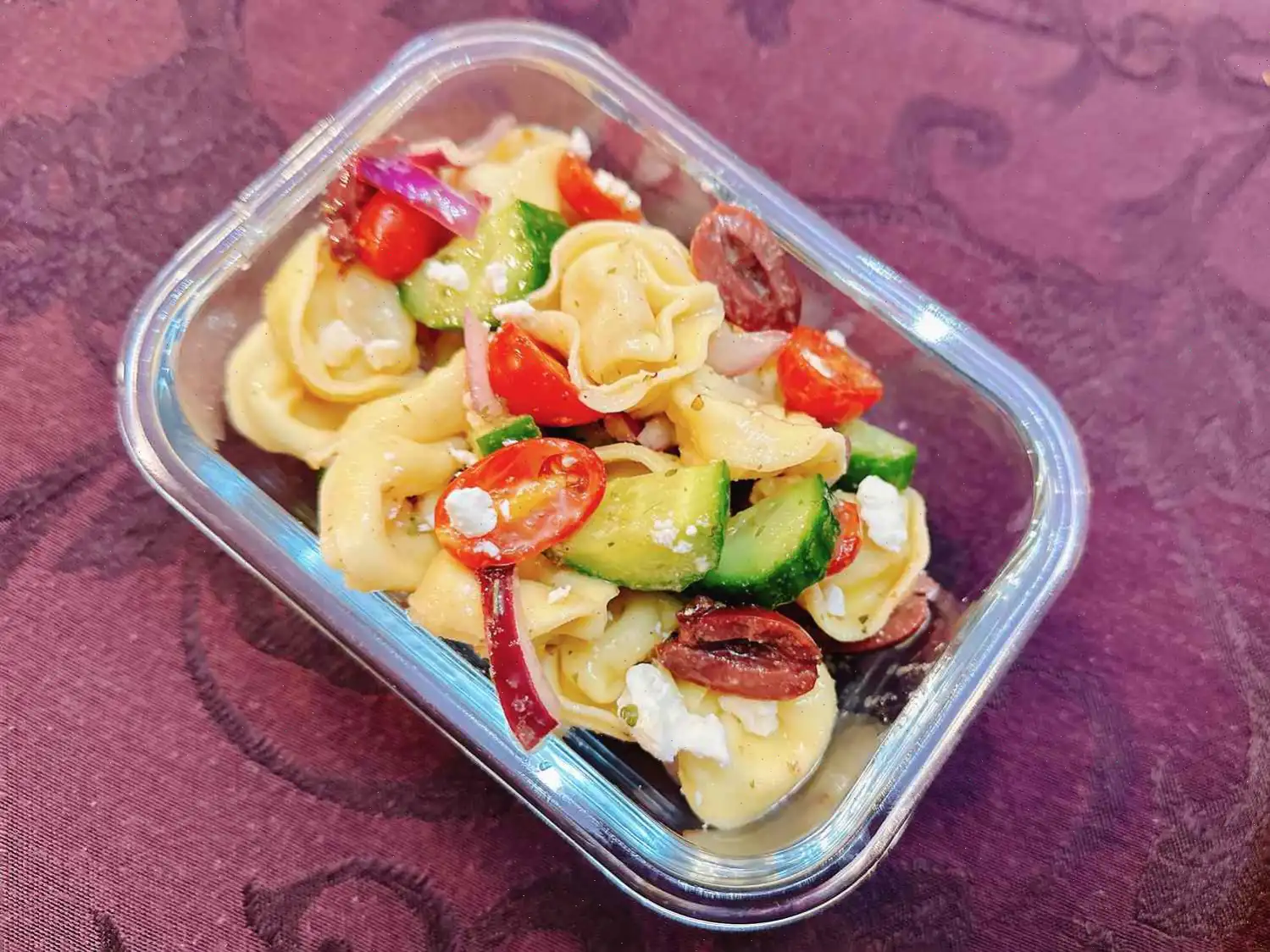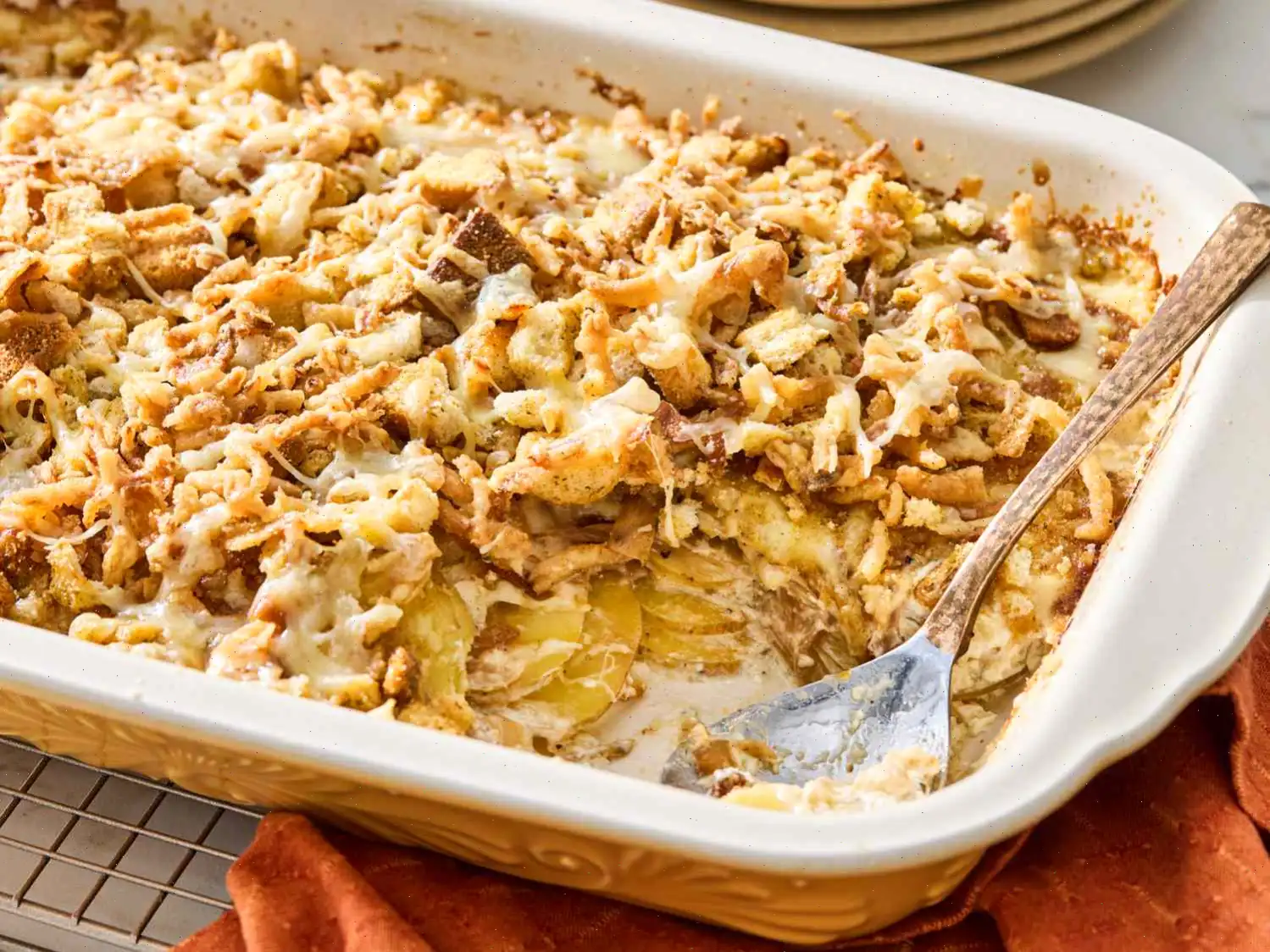
Dallas' Spicy Habanero Salsa Recipe
Ingredients:
- 3 tablespoons extra-virgin olive oil, divided
- 3 habanero peppers
- 2 Roma tomatoes
- 2 garlic cloves, peeled
- 1/4 white onion
- 1 1/2 teaspoons chicken bouillon powder (such as Knorr)
Directions:
- Heat 1 tablespoon of olive oil in a cast iron skillet over medium heat.
- Once the oil is hot, add the habanero peppers, Roma tomatoes, garlic cloves, and onion to the skillet.
- Roast the vegetables for about 8 minutes, or until they are charred, stirring occasionally to ensure even roasting.
- Transfer the roasted vegetables to a blender, along with the remaining 2 tablespoons of olive oil and the chicken bouillon powder.
- Blend the mixture until smooth, ensuring a consistent texture.
Nutrition Facts (per serving):
| Nutrient | Amount | % Daily Value* |
|---|---|---|
| Calories | 55 | - |
| Total Fat | 5g | 7% |
| Saturated Fat | 1g | 4% |
| Cholesterol | 0mg | 0% |
| Sodium | 61mg | 3% |
| Total Carbohydrate | 2g | 1% |
| Dietary Fiber | 1g | 2% |
| Total Sugars | 1g | - |
| Protein | 0g | 1% |
| Vitamin C | 11mg | 12% |
| Calcium | 9mg | 1% |
| Iron | 0mg | 1% |
| Potassium | 75mg | 2% |
* Percent Daily Values are based on a 2,000-calorie diet. Your daily values may be higher or lower depending on your calorie needs.
** Nutrient information is not available for all ingredients. Amount is based on available nutrient data.
The Story Behind Dallas' Spicy Habanero Salsa
Dallas' Spicy Habanero Salsa has its roots in the vibrant Tex-Mex culture that flourished in North Texas during the late 20th century. While salsas are a cornerstone of Mexican cuisine, this particular recipe was created to match the bold and diverse flavors preferred by Dallas locals. Habanero peppers, known for their intense heat and fruity undertones, became the star ingredient, reflecting the city's love for spicy and adventurous foods. The combination of roasted tomatoes, garlic, and onions adds depth, while the careful skillet-charring technique enhances the smoky aroma that has made this salsa a favorite in home kitchens and restaurants alike.
Regional Characteristics
This salsa stands out as a Texan adaptation of traditional Mexican recipes. Unlike milder salsas found in other regions, Dallas' version embraces high heat, highlighting the habanero pepper's signature spice. The use of locally grown ingredients, particularly garden-fresh tomatoes and habaneros, ensures a robust, authentic flavor profile. Olive oil is also more commonly used in this Dallas variation, giving it a slightly richer texture compared to typical Mexican salsas that often rely on water or tomato juices.
Differences From Similar Dishes
While it shares similarities with classic Mexican salsas and hot sauces, Dallas' Spicy Habanero Salsa is unique in its method and intensity. The skillet roasting of vegetables creates a charred, smoky flavor that distinguishes it from raw salsas. Additionally, the addition of chicken bouillon powder is uncommon in traditional salsas, adding a subtle umami depth. Compared to store-bought or milder salsas, this recipe delivers a sharper, more complex taste, making it instantly recognizable.
Where It Is Typically Served
This fiery salsa is often enjoyed as a condiment alongside Tex-Mex dishes such as tacos, grilled meats, enchiladas, and nachos. It is popular in both casual family meals and restaurant settings, particularly in Dallas vibrant food scene. Some locals also serve it as a dipping sauce for fresh tortilla chips, offering a bold kick to start any meal. Its versatility allows it to complement a wide range of proteins and vegetables, enhancing flavors without overpowering them.
Interesting Facts
- Habanero peppers rank among the hottest chili peppers in the world, measuring between 100,000350,000 Scoville Heat Units.
- The salsas smoky flavor comes from the unique technique of roasting vegetables in a cast iron skillet rather than boiling or blending raw.
- Tex-Mex cuisine, including spicy salsas like this one, became widely popular in Dallas in the 1970s and 1980s, influenced by Mexican immigrants and local culinary innovation.
- Many chefs in Dallas recommend adding a touch of green onion or fresh lime juice to enhance the flavor complexity of the salsa.
- Despite its heat, the fruity undertones of habaneros give this salsa a surprisingly balanced taste that pairs well with both mild and strongly flavored dishes.
FAQ about Dallas' Spicy Habanero Salsa Recipe
Comments
Victoria Taylor
09/30/2024 05:48:39 AM
Classic and delicious! I make this recipe frequently and occasionally add green onions for an extra boost of flavor.








